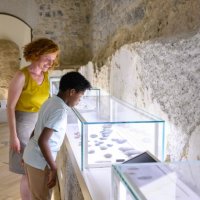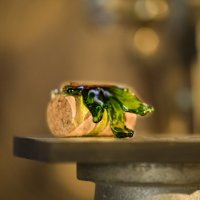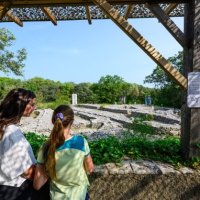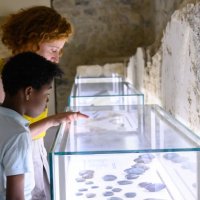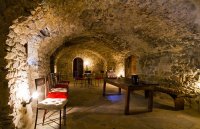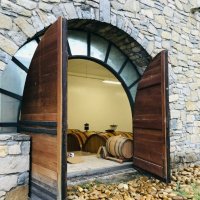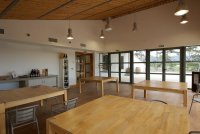Vacquières
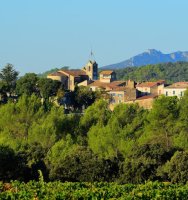
The village of Vacquières lives mainly from wine-growing, with vines occupying most of the arable land in the eastern countryside near Montpellier.
Situated on the Chemin des Verriers, Vacquières also perpetuates the region's glassmaking tradition, with two glassworks operating in the area in the 16th and 17th centuries. The first settlement in the area is attributed to the Fontbouisse civilisation (2200-1800 BC).
Then, the site was occupied during the Gallo-Roman period when the territory was crossed by two important roads linking Substantion (Castelnau-le-Lez, on the Domitian road) to the Cévennes.
The lord of the place then founded a hospital there.
Then the monks of the abbey of Vignogoul built a priory there, the seat of which was a small Romanesque church that has now disappeared.
Restored about fifteen years ago, the Cammaous bridge was built between the 11th and 12th centuries to cross the Brestalou and join the great north-south route mentioned above.
Heritage and culture in Vacquières
- Roman bridge of Cammaous (11th century)
- Sylve Gautier Hospital (ruins)
- Chalcolithic stations
- Wind turbine
- Glass tradition
The partners of the Tourist Office
du Grand Pic Saint-Loup in Vacquières :





 VACQUIERESAu coeur d'un domaine viticole de 130 ha de vignes, bois, garrigues et prairies, dans un bâtiment comportant une cave de vinification, deux gîtes aménagés...
Week from -3,00 €
Discover
Book
VACQUIERESAu coeur d'un domaine viticole de 130 ha de vignes, bois, garrigues et prairies, dans un bâtiment comportant une cave de vinification, deux gîtes aménagés...
Week from -3,00 €
Discover
Book


 VACQUIERESAu coeur d'un domaine viticole de 130 ha de vignes, bois, garrigues et prairies, dans un bâtiment comportant une cave de vinification, deux gîtes aménagés...
Discover
Book
VACQUIERESAu coeur d'un domaine viticole de 130 ha de vignes, bois, garrigues et prairies, dans un bâtiment comportant une cave de vinification, deux gîtes aménagés...
Discover
Book

